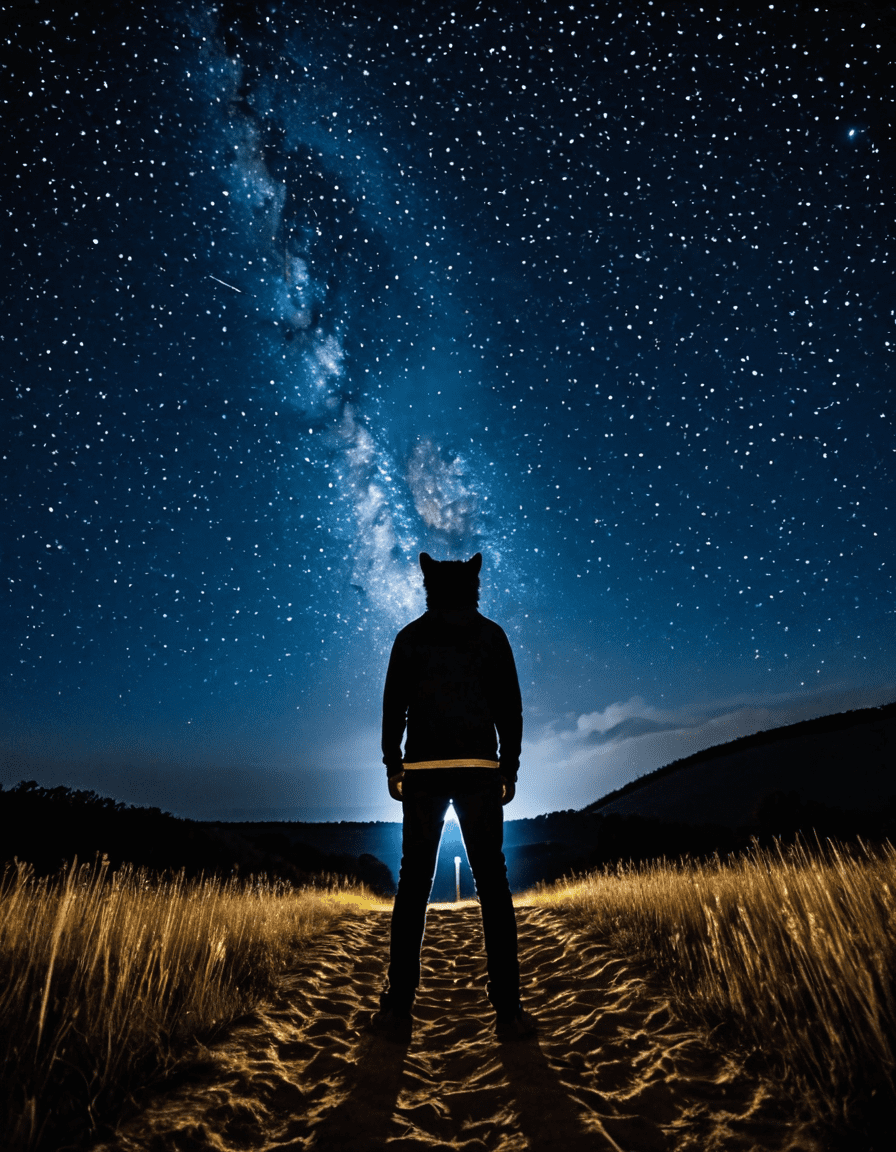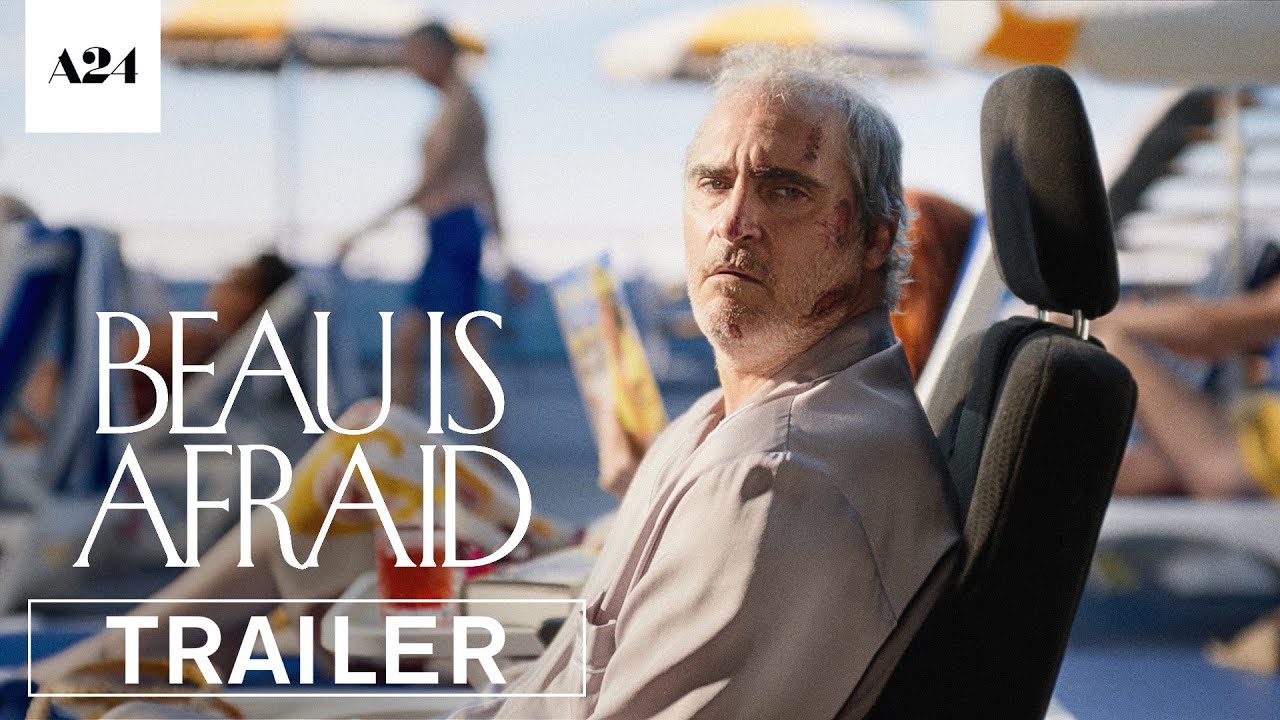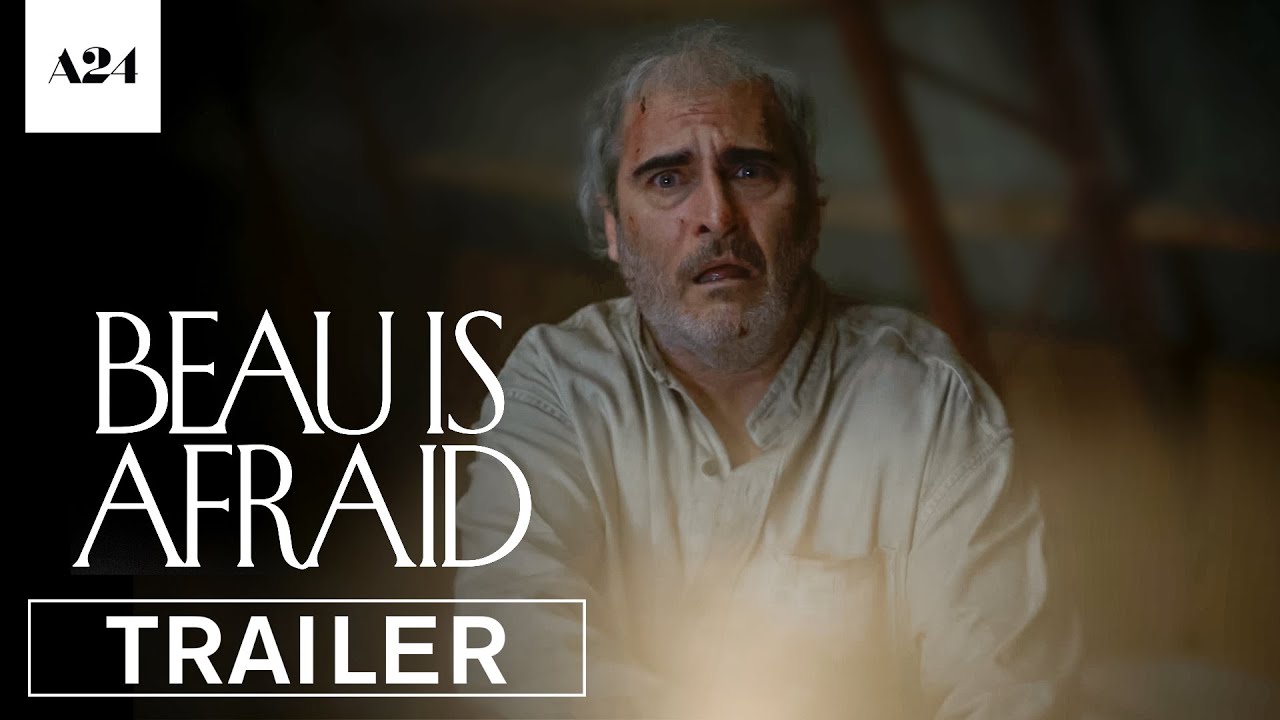In 2023, “Beau Is Afraid,” a surreal horror-comedy directed by Ari Aster, made waves in the film industry, captivating audiences with its unique blend of absurdity and profound psychological insight. As we traverse through the layers of “beau is afraid,” we uncover not only the narrative’s depth but also its reflection on fear, anxiety, and the human psyche. This film is a masterclass in cinema, probing our darkest corners while inviting laughter amid the chaos. So, grab your popcorn and let’s dive into this extraordinary journey through fear.
The Top 7 Themes in beau is afraid That Distill Fear into Art
“Beau Is Afraid” presents a multifaceted exploration of fear through its bold narrative choices and striking visuals. Here are the seven central themes that resonate deeply throughout the film:
At its core, “beau is afraid” dives into Beau’s fraught relationship with his mother, a theme reminiscent of classical psychoanalytical theories, particularly those introduced by Sigmund Freud. The pressures and expectations placed on him reflect societal norms and the psychological stranglehold of familial ties. It prompts audiences to reflect on their own experiences with parental expectations, making us question how they shape our adult identities.
Each surreal encounter Beau faces serves as a lens into the overwhelming aspect of existential fear. The film invites comparisons to Synecdoche, New York, where reality blurs with hallucination, pushing characters (and the audience) toward self-examination. Aster’s brilliant portrayal encourages viewers to grapple with their identities amid chaos—a challenging yet necessary journey for anyone haunted by the fear of oblivion.
The narrative’s frequent oscillation between reality and nightmare illustrates how fear can warp perception. Aster draws parallels to other cinematic explorations like Mulholland Drive, where linear storytelling fades into blurred truths. Beau’s increasingly strange world compels the audience to contemplate the reliability of their perceptions—a striking commentary on modern existential anxiety that resonates in today’s fast-paced, chaotic society.
The portrayal of bourgeois society in “beau is afraid” serves as a critique of the norms that shape individual fears. Events unfold (think of the tension in Get Out) that expose how societal expectations can alienate individuals, producing a cacophony of fear that isolates everyone from one another. It raises a chilling question: How much of our anxiety is rooted in the pressures we put on ourselves to fit in?
Dark humor serves as a vital thematic tool throughout “beau is afraid.” This clever blend juxtaposes laughter with fear, creating a refreshing narrative style. Much like in Jordan Peele’s work, where comedy acts as a buffer against existential dread, Aster emphasizes that absurdity can puncture fear, transforming anguish into a shared human experience. Laughter becomes a salve, reminding us that fear is universal.
The film masterfully highlights the anxiety surrounding life’s uncertainties, resonating with ideas expressed in Claire Bidwell Smith’s Anxiety: The Missing Stage of Grief. Beau’s futile attempts to navigate an unpredictable world depict a universal struggle that we all, at some point, face. The film makes us confront the inevitable impermanence that defines human existence, adding layers of discomfort to Beau’s journey.
Toward the conclusion, “beau is afraid” suggests that confronting fear head-on is key to healing. The film’s climax evokes cathartic revelations akin to those found in Good Will Hunting. By facing his deepest anxieties and family traumas, Beau, much like the viewer, embarks on a path toward self-acceptance—a crucial takeaway from this chaotic cinematic ride.

Beau’s Journey through Fear: A Case Study in Modern Cinema
“Beau Is Afraid” establishes its place in modern cinema not just through its themes but also via unique storytelling techniques—chief among them, its non-linear structure. Aster plays with time and narrative flow, causing the audience to question the authenticity of Beau’s journey. This technique mirrors historical explorations of trauma in films like Eternal Sunshine of the Spotless Mind, compelling viewers to consider how memories shape fears and realities.
Moreover, the film’s striking visuals serve as another layer of storytelling. Aster employs bold color palettes, intricate set designs, and stark lighting to evoke feelings of discomfort and vulnerability, reminiscent of Guillermo del Toro’s work in Pan’s Labyrinth. This focus on visual storytelling creates a dreamlike experience that parallels the intricacies of Beau’s psyche. Every frame invites audiences to explore artfully crafted environments as extensions of fear itself, leaving a lasting impression.
In the ever-competitive film landscape where fear often drives narratives, “beau is afraid” stands out as a ferocious examination of the human condition. Through its clever blend of psychological exploration and surreal storytelling, Ari Aster crafts a cinematic experience that goes beyond simple entertainment. As audiences reflect on Beau’s extraordinary journey, they are prompted to confront their own anxieties, ultimately transforming fear into an opportunity for healing and connection.
So, if you’re looking to delve into the haunting exploration of human emotions, “beau is afraid” is a film you won’t want to miss. Grab a friend, check out where you can stream it, and prepare for a cinematic experience that you—like Beau—won’t easily forget.
Beau is Afraid: Engaging Trivia and Interesting Facts

A Deep Dive Into the World of Beau
“Beau is Afraid,” the ambitious cinematic venture from Ari Aster, explores the thread of fear that ties together human experiences. Aster claims his film is partly inspired by his own nightmares, and boy, does it take you on a wild ride! Drawing parallels to Elizabeth Gilberts explorations of self-discovery, this film intertwines humor and horror, provoking laughter while leaving audiences both perplexed and introspective (link: elizabeth gilbert). With its unique blend of surrealism and relatable anxieties,Beau is Afraid” turns the lens on not just the protagonist, but the viewer’s own fears.
Behind the Scenes and Inspirations
Did you know that the movie’s production design features a nod to quirky locales like Chez Billy sud? This French-style eatery in Brooklyn captures the quirky charm that resonates throughout “Beau is Afraid” (link: chez billy sud). Additionally, Aster’s creativity is evident in how he juxtaposes mundane settings with bizarre scenarios, much like the unexpected twists found in The Outrun, a film adapted from the acclaimed graphic novel (link: the outrun).
This isn’t Aster’s first rodeo, folks! He’s previously directed hauntingly beautiful films that blend dark themes with artfully crafted visuals. Another interesting aspect: the film subtly references pop culture, creating an intricate web that includes everything from fantasy to the ranks of Bill Simmons commentary on society. Just like how Simmons dives deep into various topics, Aster’s storytelling invites viewers to peel back the layers of meaning and grapple with their own perceptions of fear (link: bill simmons).
Where to Experience More
If the surreal aesthetic of “Beau is Afraid” has you hooked, you might be wondering where to navigate next. While this film delves into the psyche’s depths, venturing into the realm of erotic cinema, like Peliculas Eroticas, can also provide insight into human fears and desires (link: peliculas eroticas). Speaking of ventures, if you’re contemplating a getaway to weigh these emotions in a cozy hotel, Portland’s charming offerings promise a refreshing escape (link: portland me Hotels). And should you find yourself in need of a thrilling distraction,Need For Speed For presents adrenaline-pumping excitement that could lighten the weight of existential dread (link: need for speed for).
So whether you’re deliberating on fear after watching “Beau is Afraid” or seeking something else entirely, this film will linger in your thoughts, nudging you towards your own exploration of the fears that color the human experience. It’s a journey uniquely tied to the pulse of our time, much like the mysteries explored in the Emerald Tablet, recognizing that fear is often the threshold to profound self-discovery (link: emerald tablet).








